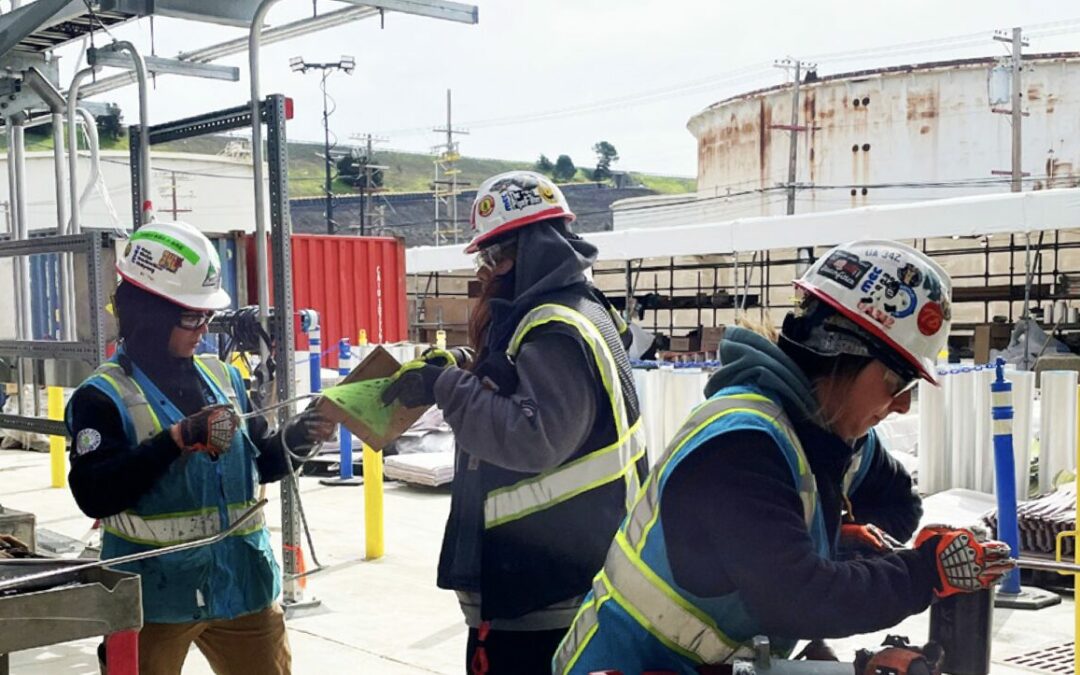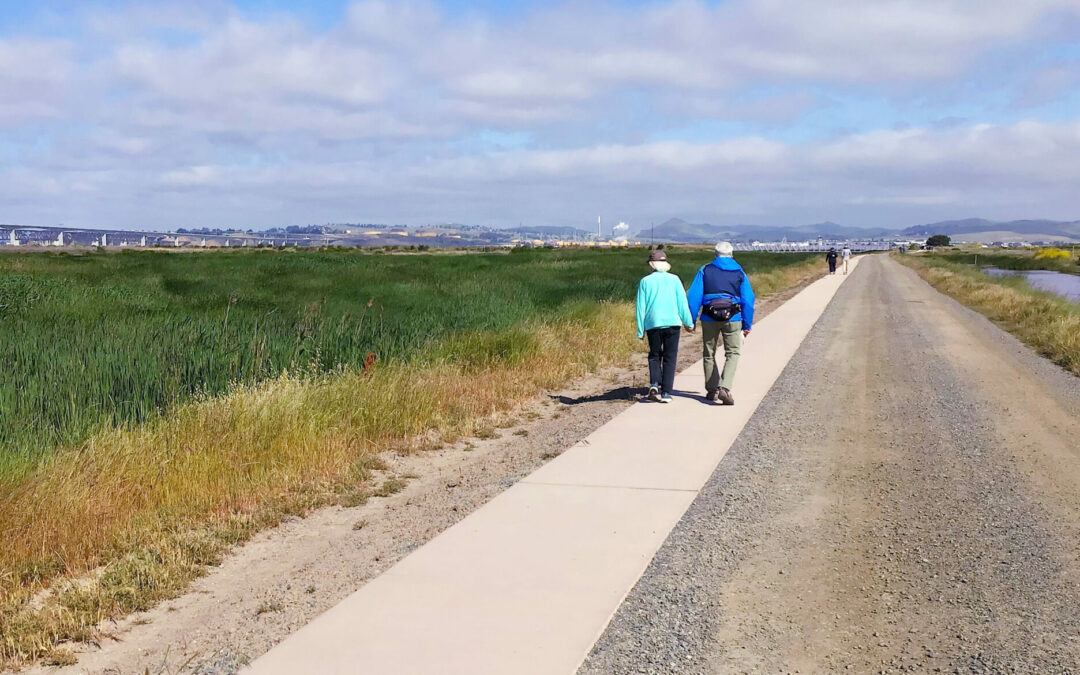Mayor Alma Hernandez has devoted herself to preparing her community for a warming world.


Mayor Alma Hernandez has devoted herself to preparing her community for a warming world.

As Valero prepares to shutter its Benicia oil refinery, 400 jobs hang in the balance. Can California ensure a just transition for fossil fuel workers?

We tour Pacheco Marsh, a once-rough patch of Bay shoreline that is now a green refuge for walkers, birds, and even paddleboarders.
All Stories
A June 7 event minted 18 new community leaders now better-equipped to care for Suisun City and Fairfield through pollution, heat, smoke, and high water.
Mayor Alma Hernandez has devoted herself to preparing her community for a warming world.
As Valero prepares to shutter its Benicia oil refinery, 400 jobs hang in the balance. Can California ensure a just transition for fossil fuel workers?
We tour Pacheco Marsh, a once-rough patch of Bay shoreline that is now a green refuge for walkers, birds, and even paddleboarders.
Snippet of insight from the artist about her work.
Everyday Climate Champions Podcast
At a Bay Area collective for BIPOC and queer farmers, Brooke Porter and Alexa Levy are fighting to build an inclusive food system from the soil up.
My landscape maintenance company has a front row seat to how climate change is changing Bay Area gardens. Here’s what a water-wise garden looks like.
A May 2024 environmental conference covers levees, seawalls, reefs, wetlands, and other climate resilient shoreline designs for the Bay Area.
A government report calls out Big Oil for delaying action of climate change for decades. A local activist isn’t surprised.
A closely-watched co-design process has produced a hard-won plan for new nature-based, flood protection infrastructure and shoreline access points for North Richmond.
Shoreline residents from San Francisco and Contra Costa counties could soon be better equipped to influence local planning decisions.
Regional agencies made splashy headlines when they released a joint study on the likely cost of protecting Bay Area shores from rising seas: $110 billion. But the top-line number didn’t offer much insight into the complexities. A new inventory and map from the same agencies is much more revealing.
A new public art installation, called Fencelines, redefines the only barrier separating Richmond’s residential neighborhoods from the Chevron oil refinery: a wire fence.
Two days on the ground filming and talking with work crews planting new zones of the Giant Marsh Living Shoreline. “We need habitat to mature enough to function fast,” says Jeanne Hammond.
A Contra Costa County platform encourages residents and businesses in six cities to reduce fossil fuel use and improve area resilience.
In 2019, Governor Newsom signed AB 1486 into law which connects developers interested in building more affordable homes with surplus public land suitable for housing. In the Bay Area, the housing crisis is nothing new. Using public land to create affordable housing is a step towards solving the crisis. However, taking Happy Lot Farm and Gardens land to service one need would also be squandering another need, in this case, urban farming in food deserts.
While the weather is top of mind for many, others are riveted to congressional antics over the long-awaited massive spending bill designed to fix the nation’s roads, bridges, and broadband as September evaporates. We’ve rarely heard the word “infrastructure” bandied about so much. But for those devoted to designing all things climate-ready and habitat-friendly, infrastructure brings to mind oysters, marshes and willow-topped levees, not potholes.
In July, the Board of Directors of the Bay Area Air Quality Management District voted 19-3 to amend its Regulation 6, Rule 5, requiring fossil fuel refineries under its jurisdiction to reduce particulate matter emissions from their fluidized catalytic cracking units (“cat crackers” in refinery parlance), a major point source of pollution. The move gave the Bay Area the nation’s most health-protective and stringent regulation on particulate emissions, a recognized health hazard.